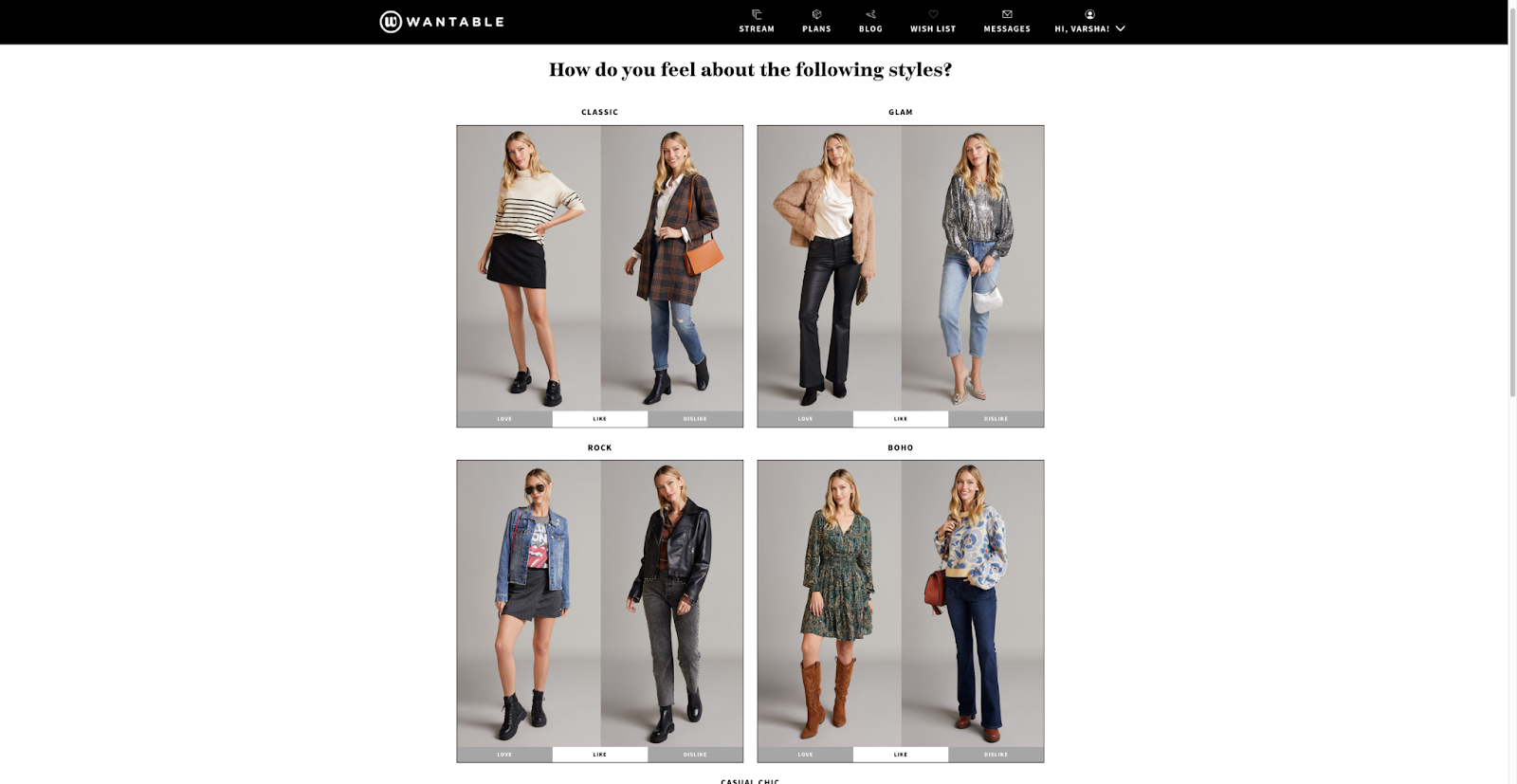How eCom Brands Will Navigate the Cookieless Future in 2024
In 2020, we witnessed a significant shift in digital activity through the introduction of the "Cookieless Future." This transformation was driven by regulatory measures like GDPR and CCPA, empowering users to decide on cookie preferences when visiting websites. This move has continued to pose challenges for marketers (more below!)..
Fast forward to 2024, according to a recent survey conducted ( by Acquia), 40% of consumers expressed a lack of trust in brands with their personal data. On the flip side, 45% of marketers claimed readiness for the cookieless future, Pennock included! This growing concern for data privacy aligns with the impending changes in Google's approach, as the tech giant plans to eliminate third-party cookies for 1% of Chrome users in early 2024, affecting approximately 32.3 million users.
The removal of third-party cookies brings forth a myriad of challenges for marketers. Attribution of traffic sources, tracking user behavior, understanding the user journey, and personalization efforts become challenging.
What Can Brands Do?
To migrate to cookieless, brands should implement a clear and user-friendly cookie management policy on your website. The data you can collect on your site is first-party data that can benefit your overall marketing strategies. Offer options such as "Accept All," "Reject All," or "Manage Cookies." Strive to enhance the user experience, making it easy for visitors to manage their cookie preferences instead of outright rejection. Users are more likely to share information if they perceive value in return. Create compelling promotions or early access to products. Encourage users to sign in and register by showcasing the benefits they stand to gain. For instance, fashion retailers could ask for preferences in fashion style, age, gender, and location in exchange for personalized style guides.
How It Affects Paid Ads
Traditional ad tracking methods rely on cookies for ad targeting, retargeting, and conversion tracking, and these have already become less effective and will continue to be less and less of a focus on ad strategies. Alternative strategies to reach and engage audiences include:
Embrace First-Party Data: Encourage users to “accept all” cookie tracking on your website.
Contextual Advertising: More buys against CTV, audio, native, and other seemingly contextual placements will be huge, especially as Google and social continue to push more into automated audiences. That said, contextual placements work well ONLY when brands know their audiences deeply. If you don’t have a good handle on your best customers, start surveying them now!
If your brand isn’t putting the work in to better collect, analyze, and store first-party data, you’re falling behind. The more intimately you know your customer today the better prepared you will be for the cookieless future.



